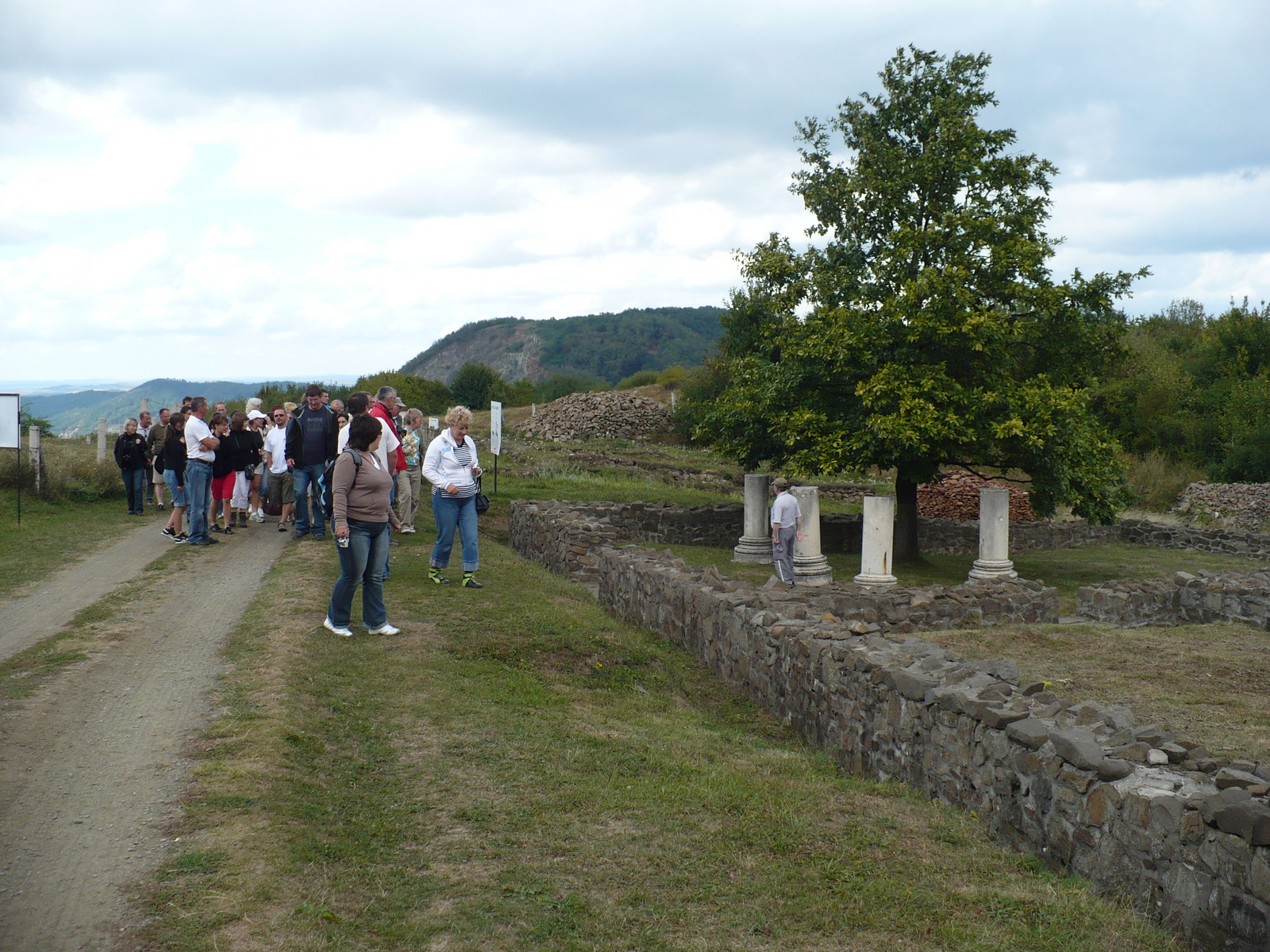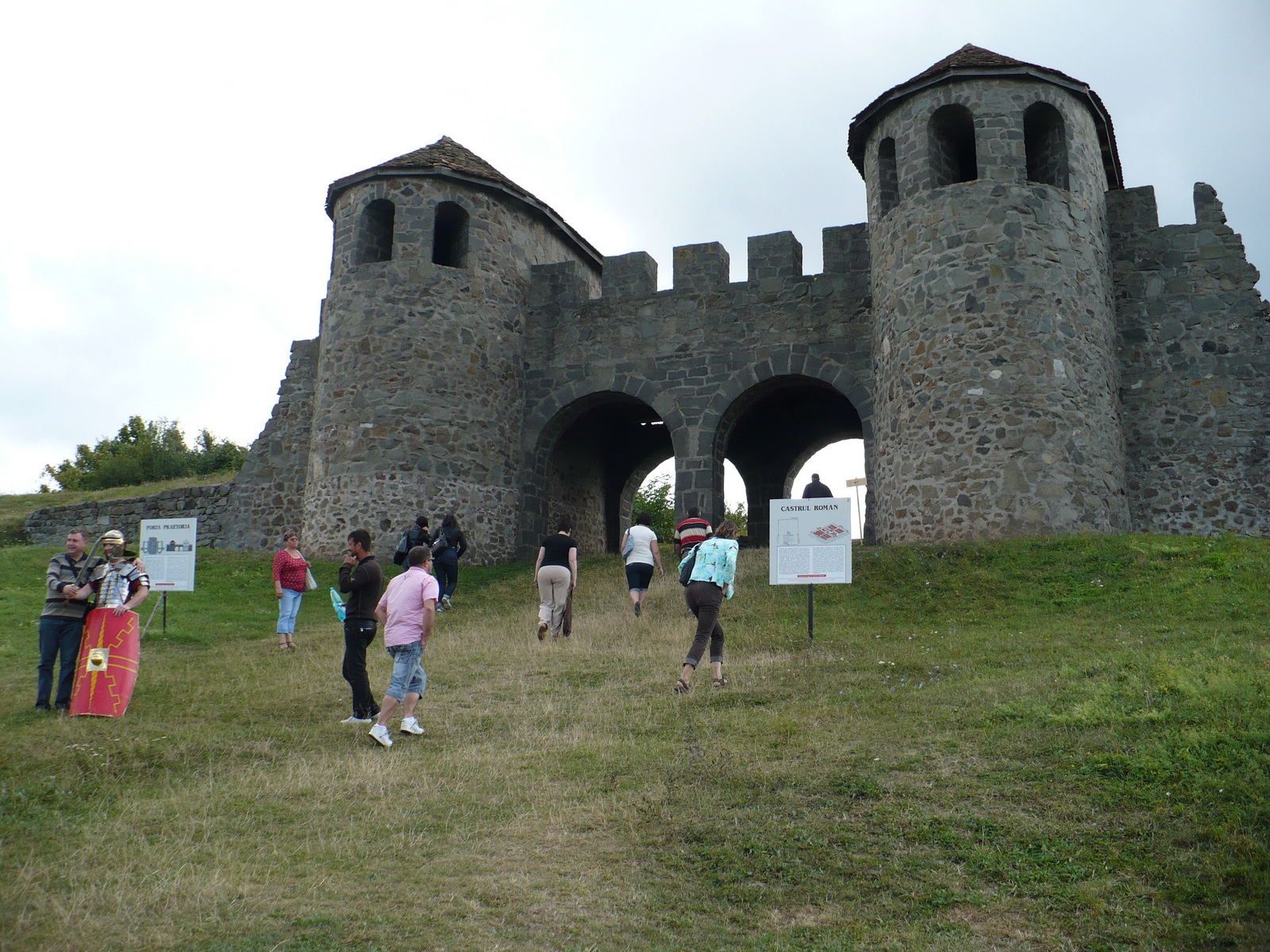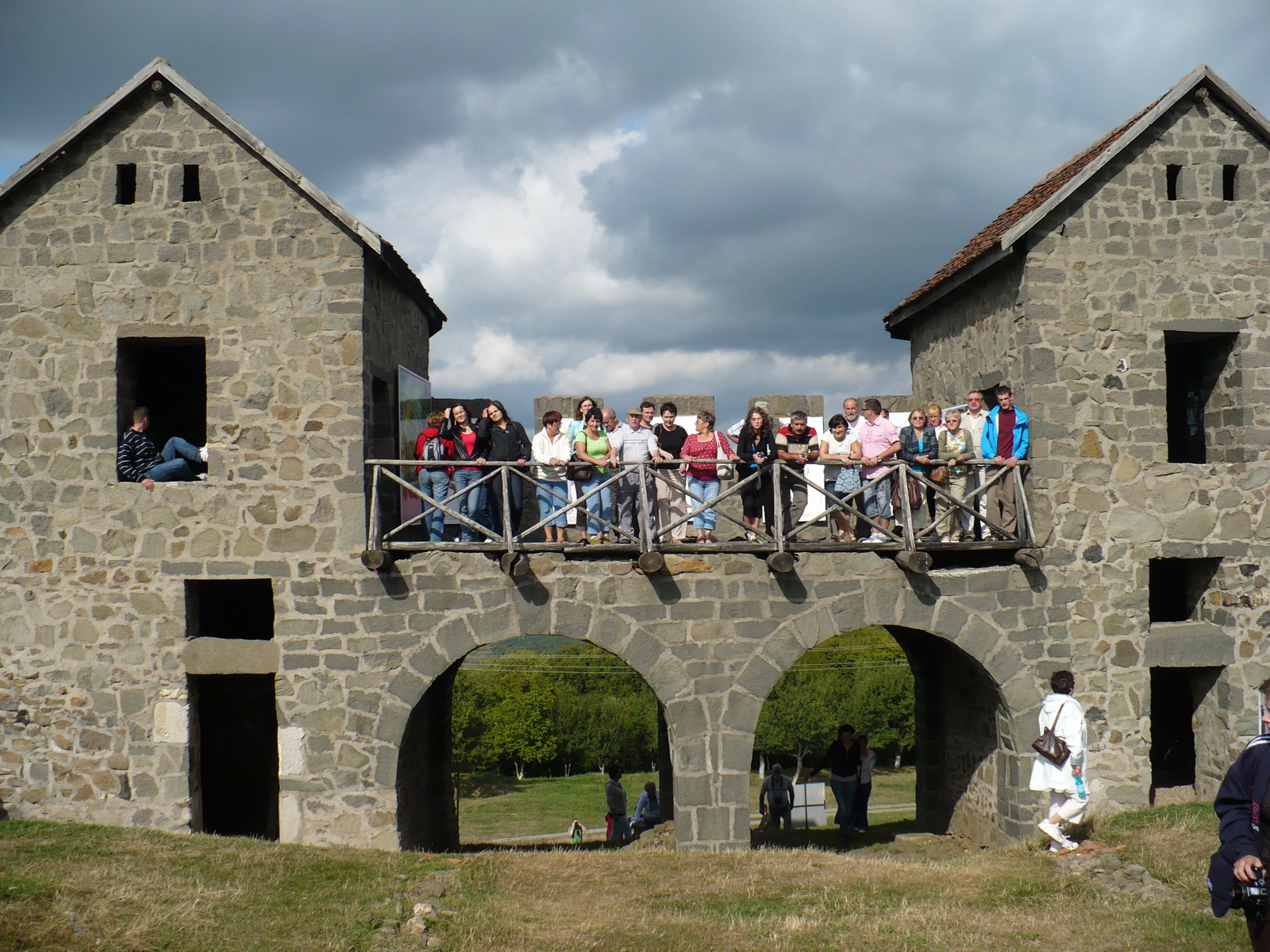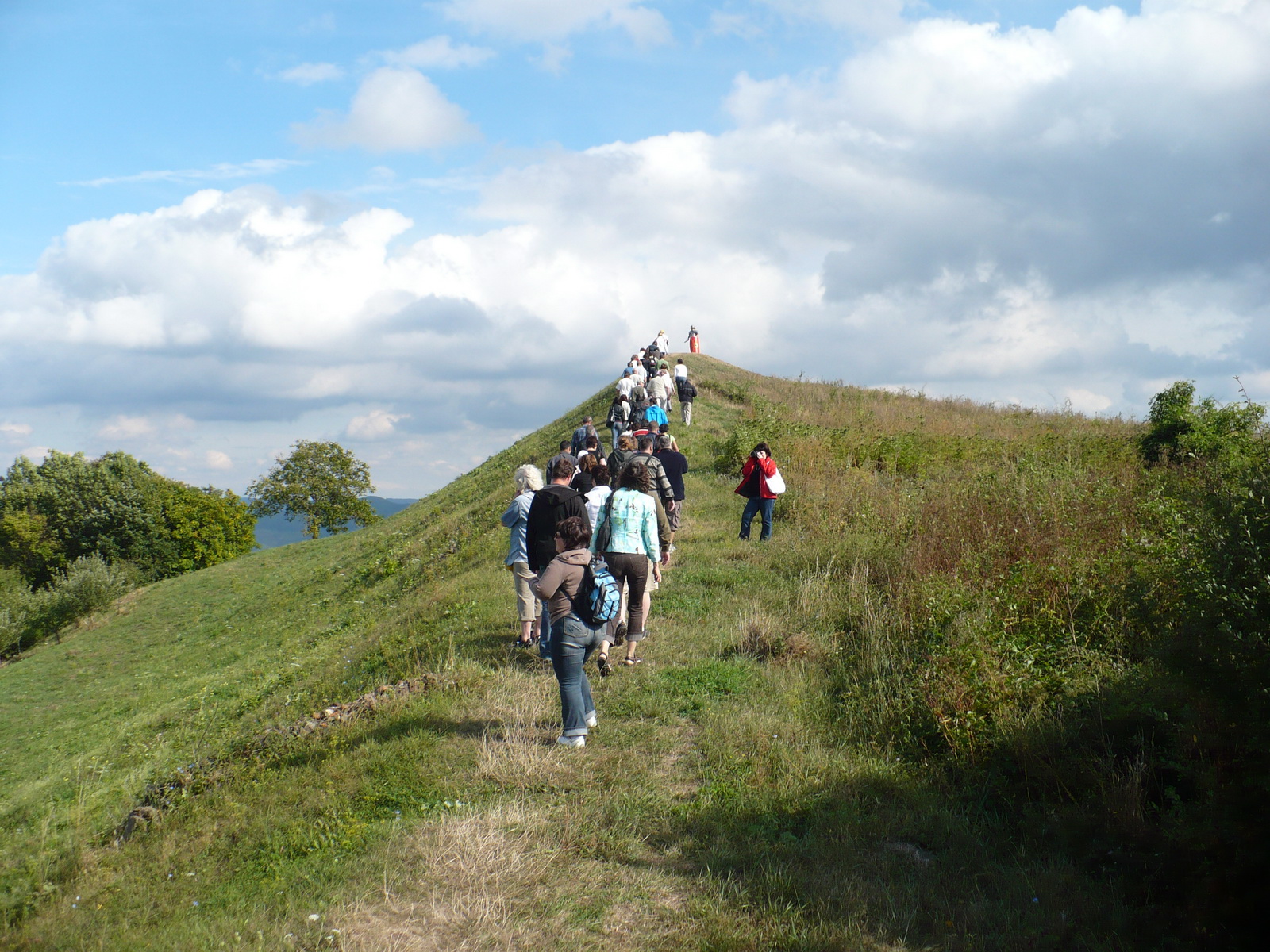History - Page 2
The archaeological research that begun in 1977 approached and revealed by systematic archaeological research the important objectives in the entire complex: the outside borders of the large fort of Pomăt Hill were set. Also on this occasion there were completely dug out the four gates and principia of the fort, and about 80% of the Roman arena was revealed, together with the main road (about 300 m) from the Sanctuary Terrace and also two temples and 7 dwellings that emerged in the military settlement (military vicus), and so did the gate on the Northern side of Porolissum, known by the markings made here, as the border check from Porolissum.
The archaeological research in the last 30 years at Porolissum were complemented by the conservation works – in situ – of all the researched buildings, in total 1.000 linear meters of Roman brickwork preserved in situ, that created here at Porolissum one of the largest open air archaeological museums in Romania.
Placed in the middle of the pass Poarta Meseşeană, on the plateau of Pomet Hill, that is the tallest hill in the surroundings (501m altitude), the Roman center of Porolissum, by the preservation works made here, became the most important tourist site in the North – West part of Romania.
The entire area of over 300 hectares in the archaeological site is free, not affected by more recent buildings, from medieval, modern or contemporary age, and the Roman walls are only covered in a few tens of centimeters of earth. One can very well study here all the composing elements of a Roman fort, of a civil settlement near the fort (military vicus), or of a Roman city with all its elements – forum, curia, macellum, outside walls, access gates, empire border or a Roman necropolis. The entire area contains the temples, the dwellings, the gates of the large fort, almost 500 linear meters of unrevealed street, the amphitheatre fully preserved and over 200 linear meters of outside walls from the large fort, all these monuments are preserved in situ. The area is set with paths, signs and indicators that describe each monument in Romanian and English language, thus becoming an enormous open air museum. Porta praetoria of the Pomet fort was fully restored, being so the only reconstruction of this kind in Central and South Eastern Europe. It is a landmark for the groups of tourists visiting the archaeological site. The image of this restoration gave birth of several important works on the limes of the Roman Empire (D. Breeze, Limes of Roman Empire).






